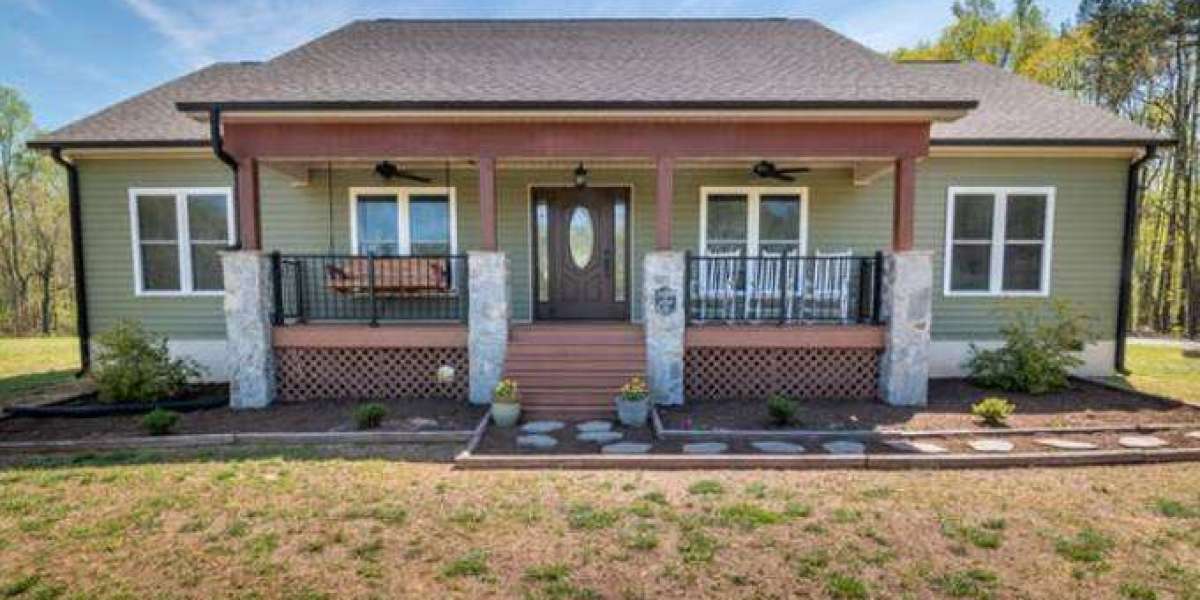Why Senior-Friendly Housing Matters
Aging brings natural changes in mobility, vision, and health. Traditional homes often present challenges such as stairs, slippery floors, or bathrooms that aren’t equipped for limited mobility. Senior-friendly housing helps prevent accidents and promotes independence by offering thoughtfully designed spaces tailored to the needs of seniors.
Key Features of Senior-Friendly Homes
When looking for senior-friendly housing, these are the most essential features to consider:
Single-Level Living: Avoid stairs to reduce fall risk.
Wide Doorways and Hallways: Wheelchair- and walker-friendly access.
Non-Slip Flooring: Especially in bathrooms and kitchens.
Grab Bars and Handrails: In bathrooms and along hallways.
Walk-In Showers: Easier to access than traditional bathtubs.
Emergency Response Systems: In case of accidents or health issues.
Smart Home Technology: Voice-activated lights, thermostats, and security.
Types of Senior-Friendly Housing Options
Depending on lifestyle, budget, and health needs, several housing choices are available:
1. Aging in Place
Many seniors prefer to remain in their own homes. With a few renovations, traditional homes can be adapted into safe and functional living environments.
Pros:
Comfort of a familiar setting
Maintain independence
Cost-effective if home is already owned
Cons:
Home maintenance responsibilities
May require expensive renovations
Limited social interaction
Ideal For: Seniors in good health with strong local support systems.
2. Independent Living Communities
These are residential communities designed for seniors who are able to live on their own but prefer to live among peers. They often provide amenities like meal plans, housekeeping, transportation, and social activities.
Pros:
Maintenance-free lifestyle
Active social environment
Safe, senior-focused design
Cons:
Monthly fees
Limited medical support
Ideal For: Healthy, active seniors who want to downsize and socialize.
3. Assisted Living Facilities
For seniors who need help with daily activities like bathing, dressing, or medication management, assisted living offers the perfect blend of independence and care.
Pros:
Trained staff available 24/7
On-site medical support
Community events and meals provided
Cons:
Higher monthly costs
Less privacy than independent living
Ideal For: Seniors needing some assistance but not full-time medical care.
4. Continuing Care Retirement Communities (CCRCs)
CCRCs offer a full range of living options—from independent apartments to assisted living and skilled nursing—all on one campus. Residents can transition between levels of care as needed.
Pros:
Long-term stability
Wide range of care in one place
Community atmosphere
Cons:
Large entrance fees
Complex contracts
Ideal For: Seniors looking for a long-term housing solution with evolving care needs.
5. Nursing Homes (Skilled Nursing Facilities)
These are for seniors who require around-the-clock medical care and supervision. Services include rehabilitation, physical therapy, and assistance with all daily activities.
Pros:
Access to medical professionals
Suitable for complex health conditions
Cons:
Institutional setting
Higher cost
Less privacy and personal space
Ideal For: Seniors with serious medical needs or chronic conditions.
6. Senior Co-Housing
A newer option, co-housing allows seniors to live in private homes but share common areas like kitchens or gardens. It’s a collaborative approach to aging where residents support each other.
Pros:
Social engagement
Shared responsibilities
Lower costs
Cons:
Requires compatibility with other residents
Limited availability
Ideal For: Independent seniors who enjoy communal living.
How to Choose the Right Option
Choosing the best housing solution depends on a variety of factors:
Health Status: Do you or your loved one need assistance or medical care?
Budget: Can you afford monthly fees or entry costs?
Lifestyle Preferences: Do you prefer peace and privacy or community activities?
Location: Do you want to stay close to family or medical services?
It’s always a good idea to visit multiple facilities or explore virtual tours before making a final decision. Bring a checklist and ask about future care options, staff credentials, and emergency procedures.
Financial Planning Tips
Senior housing can be expensive. Here are a few tips to help manage costs:
Use Government Schemes: Look for subsidies, housing grants, or senior living schemes.
Insurance and Pension: Understand what’s covered under health insurance and your retirement plan.
Sell or Rent Out Property: Use your current home to finance senior housing.
Shared Living: Explore co-living with friends or relatives to cut costs.
Final Thoughts
Senior-friendly housing isn’t just about comfort—it’s about dignity, safety, and independence. With the right choice, seniors can continue to live enriching, fulfilling lives even as their needs evolve. From simple home modifications to full-service communities, the options today are more flexible and personalized than ever.
Choosing the right path can make all the difference in your or your loved one’s quality of life.
Important Links
Why Choose Condos with High Rental Demand in Singapore
Expat-Friendly Neighbourhoods in Singapore
waterfront property in Singapore
Discover the Best Luxury Condos in Orchard Road Singapore
Boulevard Coast Jalan Loyang Besar EC








